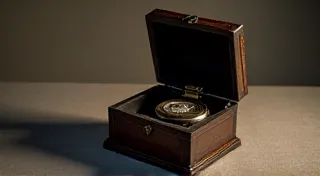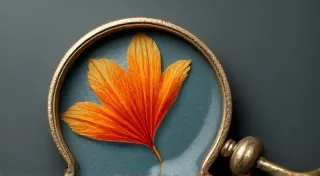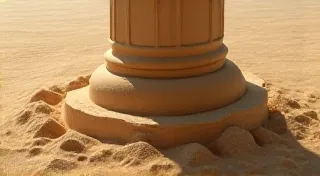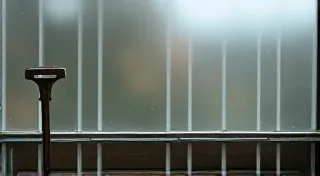Cartes Imaginaires: When Postcard Scenes Diverged From Reality
The scent of aged paper, the gentle rattle of a box overflowing with history – these are the hallmarks of the vintage postcard collector’s domain. We pore over these small rectangles, captivated by glimpses into the past: bustling cityscapes, charming seaside resorts, portraits of stoic individuals. We yearn to connect with those who sent and received them, imagining the lives entwined with these tangible memories. But what happens when those scenes, those promised windows into reality, are… not? What happens when the postcard offers a glimpse of a world born not of observation, but of imagination?
The Golden Age of Postcards, roughly spanning from the 1890s to the 1920s, was a period of fervent creativity. The invention of the "picture postcard" – the albumen print adhered to cardstock – fueled a burgeoning industry. Suddenly, images could be mass-produced and sent through the mail at remarkably affordable prices. The desire to communicate, to share experiences, was insatiable. But the demand for novelty was equally strong, and this is where the fascinating phenomenon of "cartes imaginaires" – imaginary postcards – began to emerge. They weren't intentional forgeries; they were artistic licenses taken, fantastical visions presented as fact.
My own journey into postcard collecting began with a simple fascination for my grandmother’s trove. She’s a woman who embodies a quiet, enduring grace, and her postcard collection reflected that. There were scenes of Niagara Falls, idyllic farmhouses, and grand hotels. But nestled amongst them, I found something curious – a postcard depicting a castle perched precariously on the edge of a vibrant, impossibly green cliff, complete with miniature dragons circling its turrets. The caption simply read "Valley View, England." I was instantly intrigued. Was this really a "Valley View" somewhere in England? A little research quickly revealed the truth – the location was entirely fabricated.
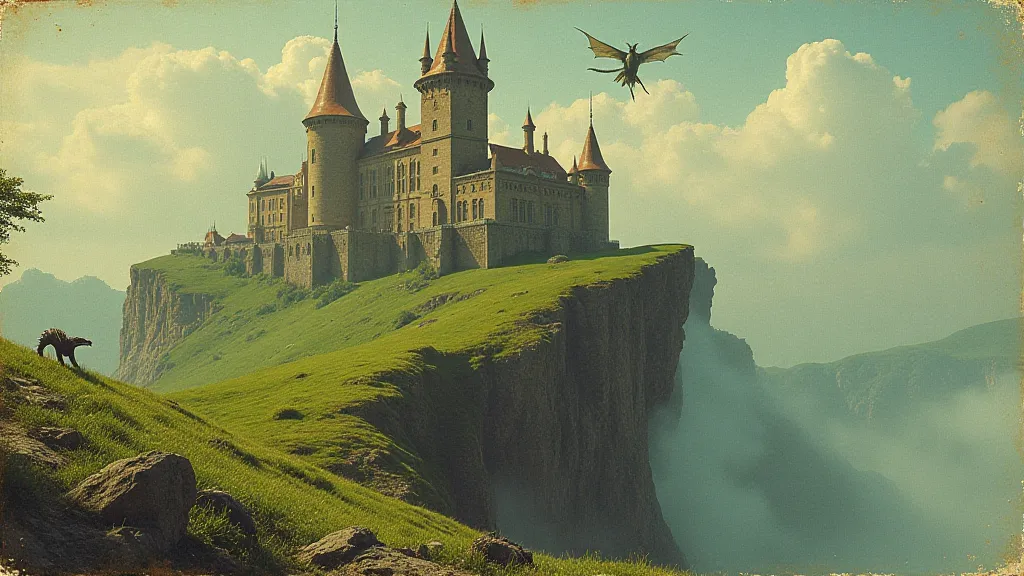
The Rise of "Improved Views"
The phenomenon wasn't malicious deception. Publishers, and sometimes even local photographers, realized that reality didn't always sell as well as a heightened, romanticized version of it. Small towns might have a perfectly functional but unremarkable town hall. A skilled artist, employed by the publishing house, would “improve” the view, adding grander architecture, embellishing details, and, crucially, often relocating the building to a more scenic locale. These were often labeled as “Improved Views,” a subtle acknowledgement of the artistic license taken. The intention wasn's to defraud, but to create a more appealing image, a postcard worthy of display and shared with loved ones.
Consider the prevalence of "mountain" postcards. Many towns, particularly in the American West, eagerly promoted their proximity to impressive peaks, even if those peaks were visible only from a very specific angle, or dramatically enhanced in the printing process. The aim was to boost tourism and create a sense of grandeur. And it worked! People *wanted* to believe in the majestic scenery, and the postcards happily obliged.
Artistic License and the Craft of the Era
Beyond the “Improved Views,” we see instances of pure invention. Artists would create entirely fictional towns, complete with elaborate street scenes, quirky buildings, and invented histories. These weren’t meant to be taken as literal representations of a place; they were whimsical creations intended to entertain and delight.
What’s truly remarkable about these "cartes imaginaires" is the craftsmanship involved. The engravers, lithographers, and printers of the era were masters of their trade. The level of detail in these cards, the subtle gradations of tone, the delicate line work – it’s all evidence of a highly skilled workforce. Even the process of hand-coloring, often applied after the initial print run, showcases an extraordinary level of artistic talent. The fading and discoloration we see today, the slight imperfections – these aren’t flaws; they're testaments to the passage of time and the artistry of the period.
I recall examining a postcard depicting a fantastical underwater city, complete with mermaid inhabitants and intricate coral structures. The detail was astonishing. You could almost feel the movement of the water, the shimmer of the light reflecting off the scales of the mermaids. It wasn't a photograph; it was a painting, brought to life on a small card, sent across the miles, carrying a message of wonder and escapism.
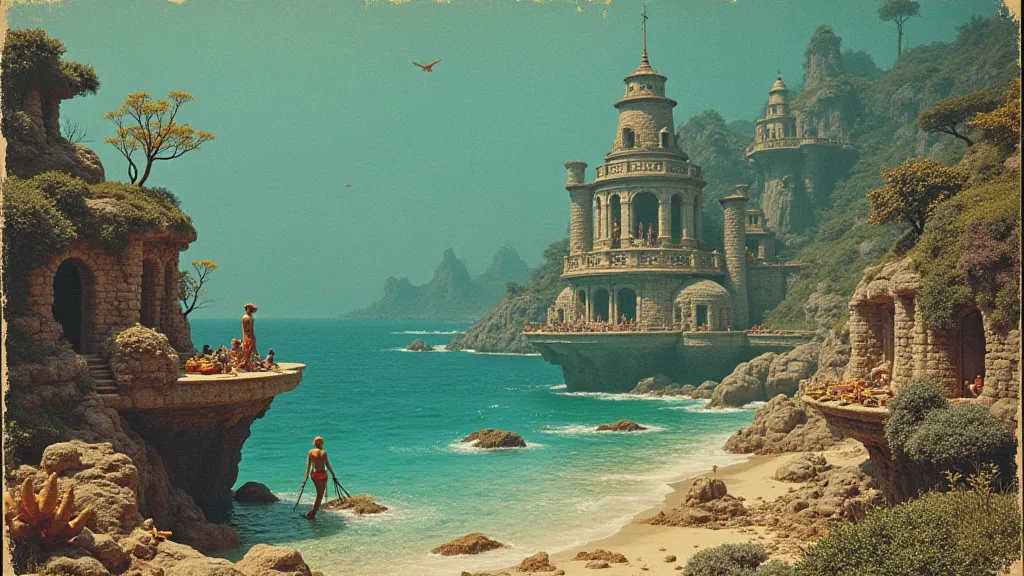
Collecting with a Knowing Eye
For the serious postcard collector, recognizing these “cartes imaginaires” is a matter of both skill and appreciation. Research is key. Cross-referencing place names, architectural styles, and even the publisher's history can often reveal the truth behind the image. There are online forums and specialized publications dedicated to identifying and cataloging these fascinating anomalies.
But the true value of collecting these cards lies not just in their rarity or historical significance, but in the story they tell. They offer a glimpse into a time when imagination was celebrated, when the boundaries between reality and fantasy were fluid, and when the simple act of sending a postcard could transport someone to a world of dreams.
Restoration, when necessary, should be approached with utmost caution. The goal isn't to erase the passage of time, but to stabilize the card and prevent further deterioration. Preserving the original condition, the subtle imperfections, is crucial to maintaining the card’s historical integrity. A slightly faded color, a tiny crease – these are part of the story. They are evidence of a life lived, a journey taken, a message sent.

A Legacy of Wonder
The “cartes imaginaires” remind us that postcards weren't just about documenting reality; they were about creating it. They were about capturing the essence of a place, real or imagined, and sharing it with the world. They were a testament to the power of imagination, the beauty of craftsmanship, and the enduring human desire to connect. Next time you hold a vintage postcard, take a closer look. You might just be holding a glimpse of a world that never was, but that continues to live on in our collective imagination.

